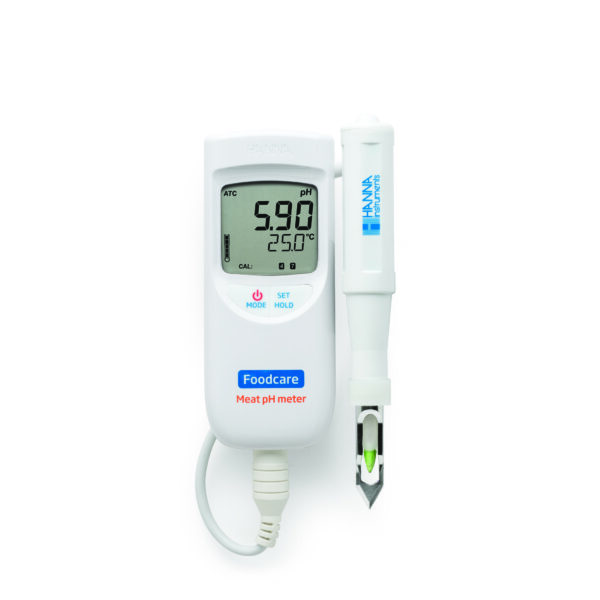Approximately 30 million cattle are raised, slaughtered, and consumed each year in the United States. The conditions during meat processing directly affect the quality of the final beef product; visual and nonvisual cues for quality include juiciness, tenderness, taste, color, and drip loss. In order to maximize meat quality, both the pH and temperature of the carcass must be monitored during processing; neglect will result in processing conditions called cold shortening and heat toughening.
Cold shortening occurs when the carcass is at a pH greater than or equal to pH 6 while at temperatures equal to or less than 15°C (59°F). Heat toughening occurs when the carcass reaches a pH of 6 or lower at temperatures greater than 35°C (95°F). As part of the postmortem physiological breakdown, rigor mortis occurs once the carcass pH decreases to pH 6.
Essential for the conversion of muscle to meat, rigor mortis toughens the muscle and eliminates muscle extensibility. Muscles attempt to contract, or shorten prior to rigor mortis; both cold shortening and heat toughening will result in an increase in shortening of muscles, leading to an excessive and undesirable toughening of the meat. Conditions at rigor dictate the carcass temperature should fall between 15 and 20°C (59 and 68°F) to minimize shortening and optimize tenderness. Glycolysis, another physiological process that occurs postmortem, converts glycogen to lactic acid; the formation and accumulation of lactic acid postmortem reduces the pH of the carcass, permitting rigor mortis to begin. During rigor mortis it is imperative the carcass pH be below pH 6, but above pH 5.2 in order to prevent adverse effects on meat juiciness.
Various steps can be taken to control both the pH and temperature to maximize quality. Stress and excessive exercise prior to slaughter, as well as electrical inputs during dressing should be minimized as much as possible to reduce muscle temperatures and prevent excessive lactic acid formation. Administering an ice rinse to the carcass will also assist in decreasing muscle temperatures.





